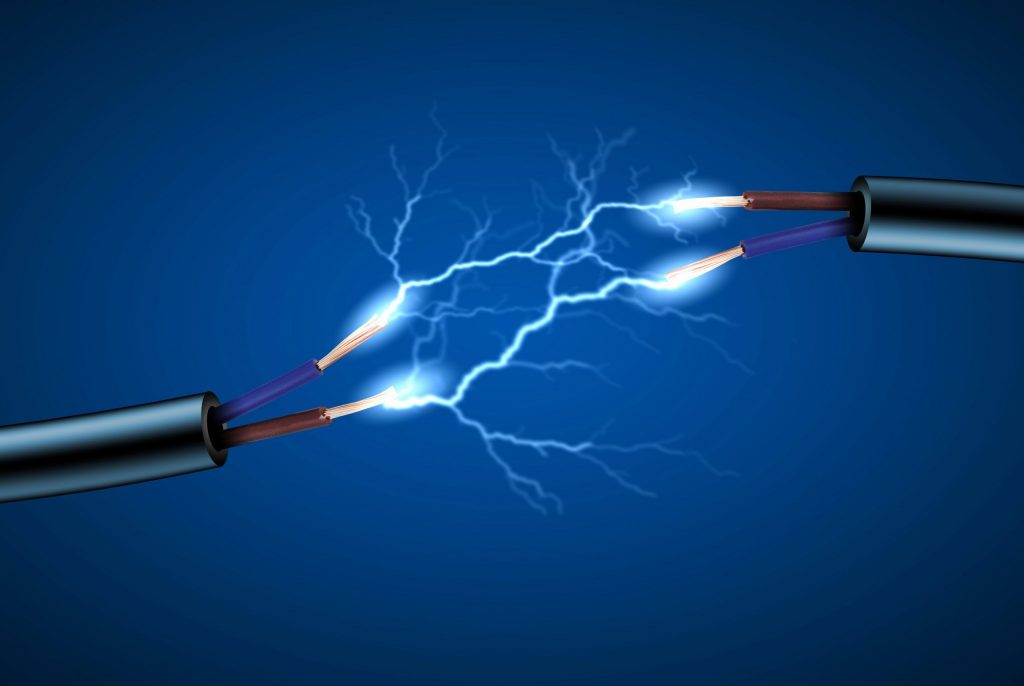National Energy System Operator has published its final report from the review into the North Hyde Substation outage which took place on 20 March.
The outage was most likely caused by moisture entering the bushing, causing an electrical fault, with an “elevated moisture reading” detected in samples taken as long ago as 2018. But the report said “mitigating actions appropriate to its severity were not implemented”.
Using forensic analysis from both National Grid Electricity Transmission and London Fire Brigade, the review saw evidence that a “catastrophic failure” on one of the transformer’s high voltage bushings at National Grid Electricity Transmission’s 275kV substation caused the transformer to catch fire.
The consequence of the outage was the loss of all supplies from North Hyde 275kV substation, impacting thousands of customers, including Heathrow Airport.
The impacts beyond Heathrow were significant, affecting essential services including road, rail and Hillingdon Hospital, as well as thousands of homes and businesses.
Residents living near the substation had to be evacuated with some needing alternative accommodation. Three data centres lost power but were able to continue operations through the use of backup generators.
Information seen by the review suggested communication between SSEN Distribution and its domestic customers “was effective and timely”, it said, with power restored “within expected timeframes”.
National Grid Electricity Transmission has since initiated an end-to-end review of its oil sampling process, with a view to ensuring that it is robust.
The review also found that the design and configuration of Heathrow Airport’s private internal electrical distribution network meant that the loss of one of its three independent supply points would result in the loss of power to some of the airport’s operationally critical systems.
Heathrow Airport Limited have a plan to deal with this which includes reconfiguring their internal electrical distribution network to take power from the other two supply points. The process to enact this is estimated to take 10-12 hours, according to Heathrow Airport Limited’s plans.
This was less well-known by those outside the technical team within Heathrow Airport Limited, and it was not known to the energy companies.
The review also found that energy network operators are “not generally aware” whether customers connected to their networks are Critical National Infrastructure (CNI), and there is currently no explicit cross-sector requirement on CNI operators to ensure appropriate continuity of operations in response to power disruption.
CNI facilities also have “no priority within the electricity legal or regulatory framework”. Work is underway, led by government, to identify and analyse cross-sector CNI interdependencies.
The review also makes a number of recommendations, including on maintenance and asset management, as well as site risk and safety, to reduce the likelihood and impact of a similar event in the future and serves as a starting point for an opportunity to make cross sector improvements for the benefit of Great Britain and its energy resilience.
Fintan Slye, Chief Executive Officer, National Energy System Operator said:
“NESO’s final report into the North Hyde Substation outage sets out the root cause and a clear set of recommendations to further improve the resilience of Great Britain’s energy system, and the resilience of its critical national infrastructure.
“The power outage and closure of Heathrow airport were hugely disruptive and our report seeks to improve the way parties plan for and respond to these incidents, building on the underlying resilience of our energy system.
“All parties involved are focussed on working together to deliver these important recommendations and much of this work is already underway with NESO’s full support. “I would like to thank all the organisations who have provided evidence to the review for their cooperation.”
Responding to the report, a National Grid spokesperson said:
“As NESO’s report sets out, in Great Britain we have one of the most reliable networks in the world, and events of this nature are rare.
“National Grid has a comprehensive asset inspection and maintenance programme in place, and we have taken further action since the fire. This includes an end-to-end review of our oil sampling process and results, further enhancement of fire risk assessments at all operational sites and re-testing the resilience of substations that serve strategic infrastructure.
“We fully support the recommendations in the report and are committed to working with NESO and others to implement them. We will also cooperate closely with Ofgem’s investigation.
“There are important lessons to be learnt about cross-sector resilience and the need for increased coordination, and we look forward to working with government, regulators and industry partners to take these recommendations forward.”
Image from Shutterstock










